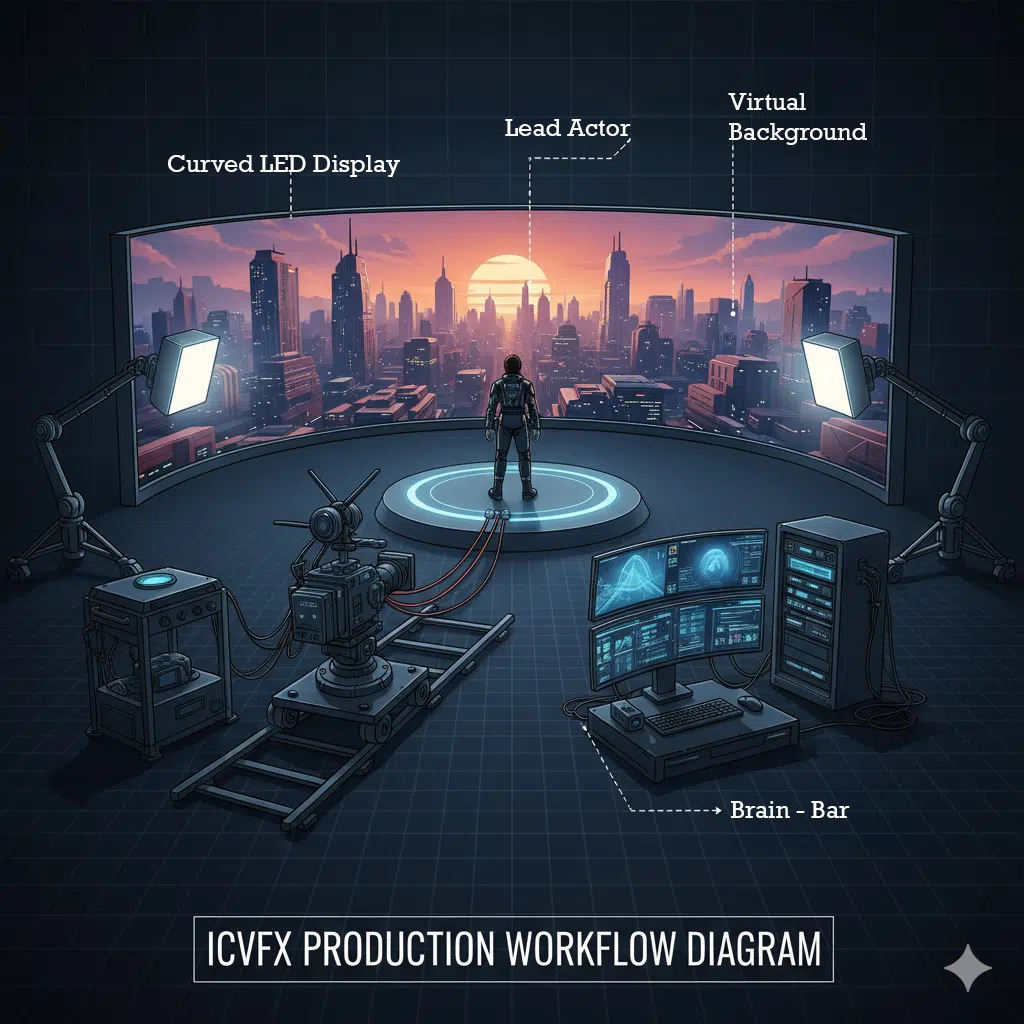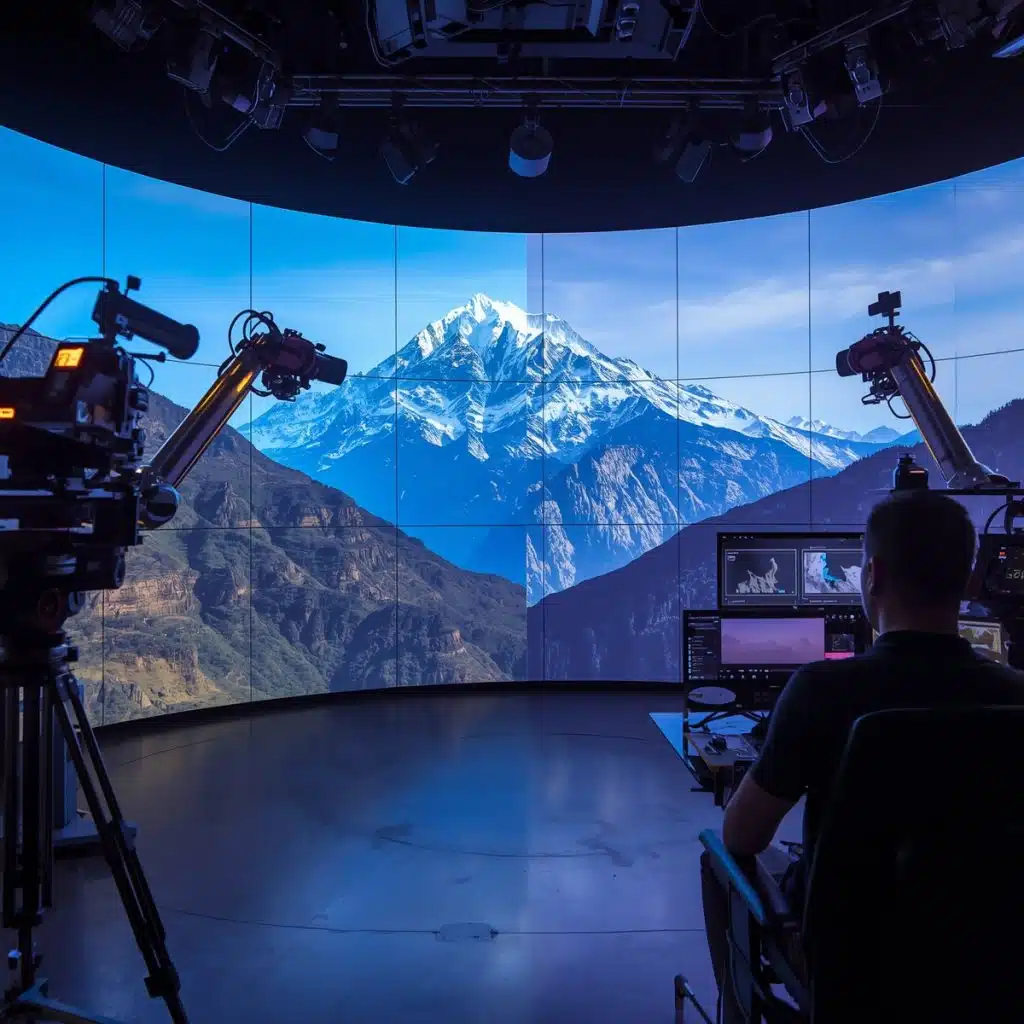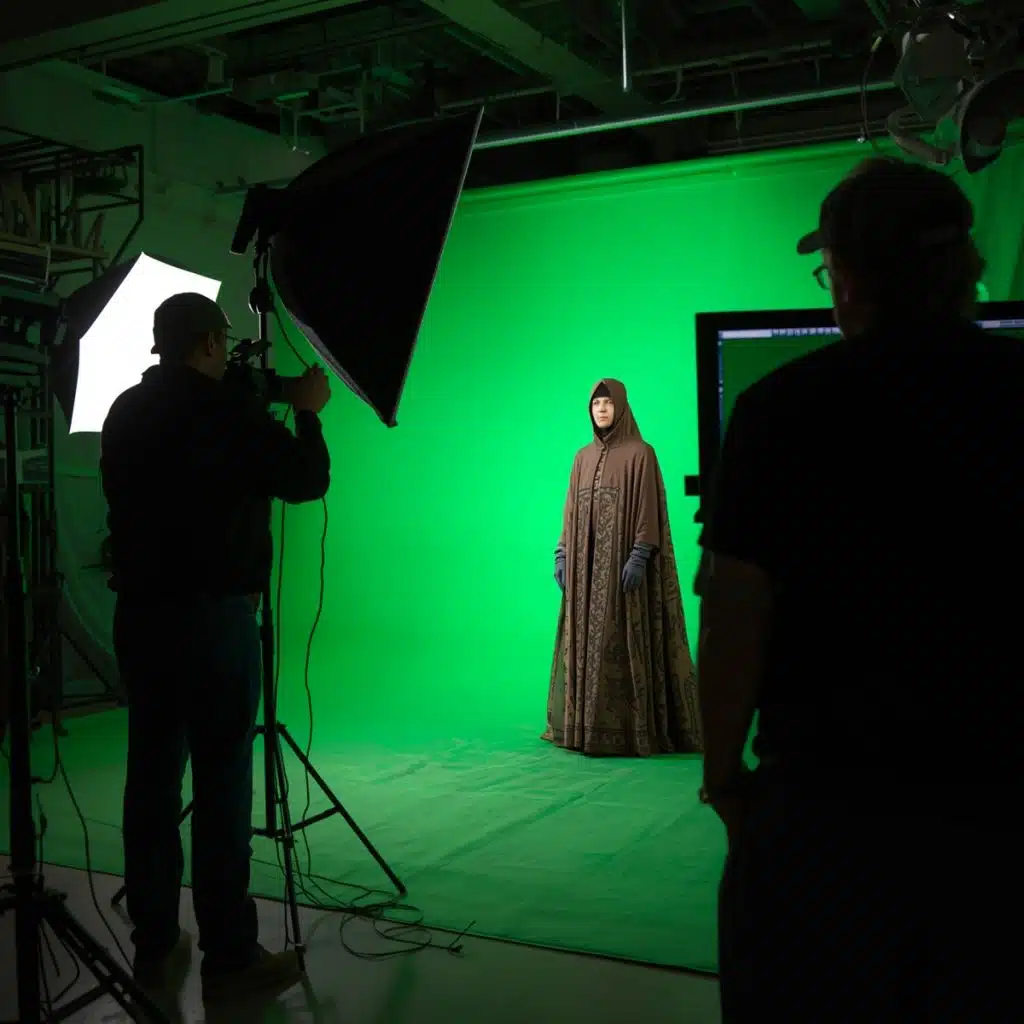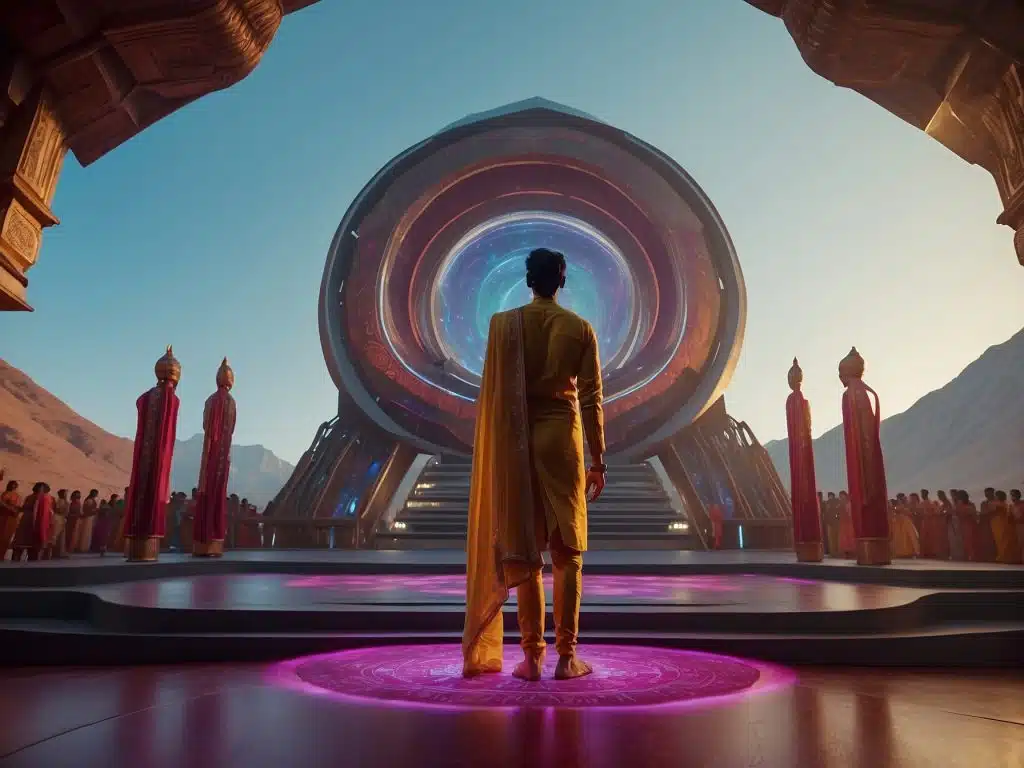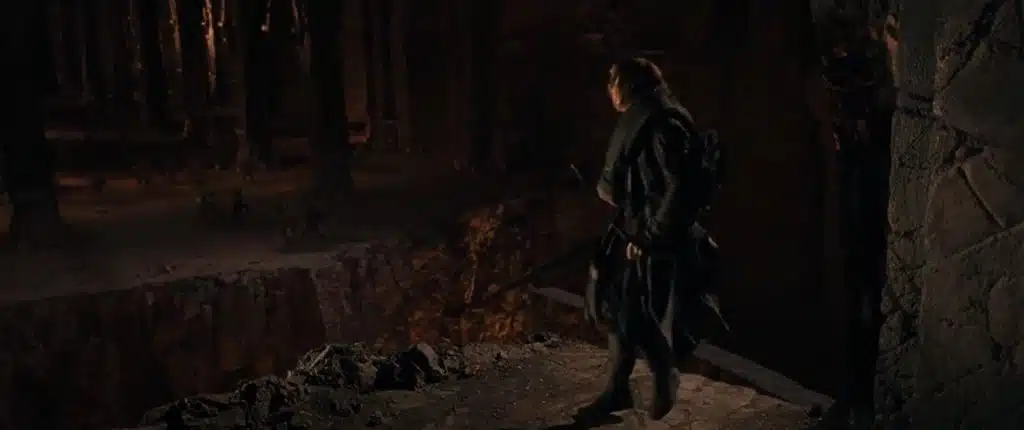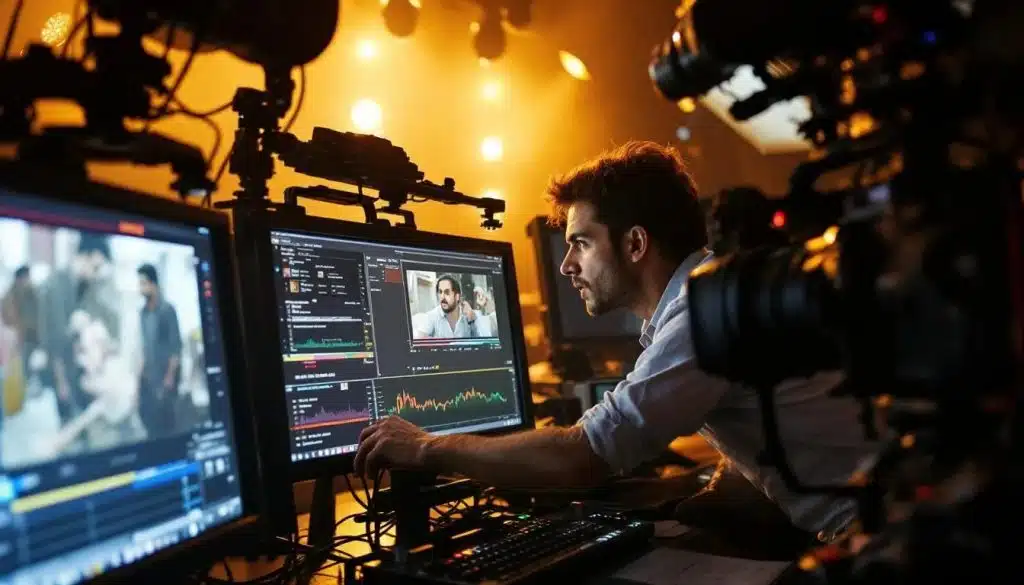How Perfect Lighting Can Make or Break Your Virtual Production Success?
Virtual production in India (VP) has emerged as a game-changer in the film industry, merging physical and digital elements to create visually captivating and immersive narratives.
By leveraging cutting-edge technologies like LED walls, motion capture, and real-time rendering engines, VP allows filmmakers to construct intricate scenes within controlled environments.
This approach not only broadens creative horizons but also optimizes production efficiency, making it a transformative tool for contemporary filmmaking.
When discussing a creative environment, the element that can dramatically alter perspectives is light.
Today, we’ll explore the crucial role lighting plays in virtual production.
CONNECT WITH US
The Crucial Role of Lighting in Virtual Production

Taking virtual production training from the best academy in India ensures you receive a cutting-edge education from industry-experienced instructors, access to state-of-the-art facilities, and valuable networking opportunities
Lighting is a fundamental component of virtual production, serving as the bridge between physical sets and digital environments. In VP, lighting is not merely a practical necessity but a critical element that ensures the believability and cohesion of the final product. Real-time lighting adjustments further enhance this process, allowing filmmakers to dynamically adapt to changes and maintain visual consistency throughout the production.
Accurate lighting helps to harmonize real and virtual components, creating a seamless visual experience that enhances the overall impact of the scene.
Creating a Cohesive Visual Experience
1. Visual Consistency
Proper lighting maintains visual consistency across both physical and virtual components. This means shadows, highlights, and reflections in the physical set should align with those generated in the virtual environment.
For instance, if a virtual sun is casting a long shadow on a digital object, practical lights on set should replicate this effect to maintain realism.
2. Motion Capture
Lighting helps to anchor virtual elements within the physical world. By matching the light sources and their characteristics, such as intensity and direction, virtual objects can be convincingly integrated into the live-action footage.
This creates a more immersive experience for viewers and reinforces the illusion that the virtual elements are part of the real world.
3. Seamless Transitions
LED volume and projection mapping are used to create immersive environments that
actors can interact with on set. LED volumes are large screens made up of LED panels
that display dynamic backgrounds, replacing traditional green screens. Projection mapping uses projectors to cast images onto physical surfaces, creating realistic and interactive sets. These technologies allow for real-time changes to environments, enhancing the realism and flexibility of the production.
How does Integration of Virtual and Practical Elements help?

In virtual production in India, integrating virtual and practical elements involves careful coordination of lighting to ensure a believable synthesis. Some of the key aspects to consider are listed below.
Lighting Match
Practical lights on set should be designed to match the virtual lighting conditions. This involves setting up lights that mimic the intensity, color temperature, and direction of the virtual light sources.
For example, if a scene is set during sunset in the virtual environment, practical lights should replicate the warm, low-angle lighting of the setting sun.
Shadow and Reflection Matching
Accurate lighting is crucial for matching shadows and reflections between practical and virtual elements. Shadows cast by physical objects should align with those generated by virtual elements to prevent visual inconsistencies.
Reflective surfaces must also be lit in a way that complements virtual reflections, enhancing the realism of the scene.
Color Grading and Post-Production
During post-production, color grading can help to further integrate practical and virtual elements. Adjustments to color temperature and lighting intensity can fine-tune the overall look of the scene, ensuring that practical and virtual components blend seamlessly.
How important is Consistency in Lighting?
Maintaining lighting consistency throughout a virtual production is essential for avoiding visual discrepancies. Key strategies include:
Lighting Documentation
Keeping detailed records of lighting setups, including intensity, color temperature, and position, ensures that practical and virtual lights remain consistent throughout the production process. This documentation can be invaluable for adjusting and maintaining continuity.
Color Calibration Tools
Utilizing color calibration tools helps to match the color temperature of practical lights with the virtual environment. These tools can measure and adjust color temperature to achieve precise alignment, reducing the risk of visual mismatches.
Regular Checks and Adjustments
Regularly checking lighting conditions and making necessary adjustments ensures that practical lights continue to match the virtual environment as scenes evolve. This ongoing monitoring helps to maintain visual coherence and avoid inconsistencies.
The Importance of Virtual Production Training and Courses
In conclusion, lighting in virtual production is a crucial aspect, that significantly impacts the integration of physical and digital elements. By ensuring consistency, adapting to real-time changes, and managing light intensity and color temperature, filmmakers can create a cohesive and immersive visual experience. Lighting not only enhances the believability of virtual environments but also shapes the emotional tone and mood of scenes, contributing to a compelling and engaging storytelling experience.
RECENT POSTS

